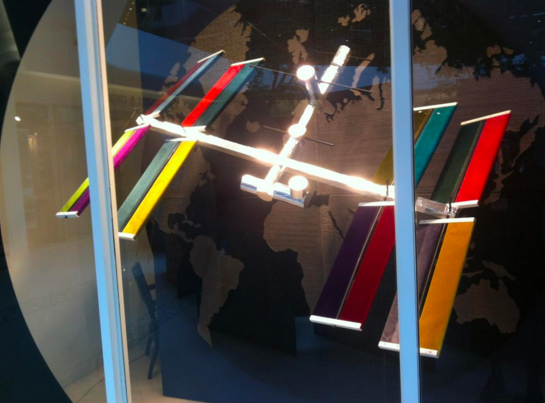 .
.
Last week the London Design Week 2016 was on so we went to the Design Centre Chelsea Harbour in different occasions.
The Design Centre in Chelsea always tries to offer the latest directions in interior design and displays a good example of global names of the luxury interiors.
During this week, the place has been buzzing with people especially interior designers and – actually – if you are an interior designer or decorator, this is the place to come.
There are more than one hundred of shops offering materials and products (fabrics, carpets, wallpapers, trimmings, furniture and lightining) ready to be screened. Some products we saw were really inspiring and we found really close to what we think is beauty, unicity and luxury.
Among them, the trimmings by the Sevinch Passamanterie were beautiful pieces of art, handmade by artisans who master a very antique technique in making tassels and trimmings. This artefacts are so precious and unique, they are mainly produced for royal palaces and historycal houses (like The Wallace Collection Museum where we took pictures of few tassels weeks ago, without knowing where they came from!).
This year, the London Design Week also offered some brief insight from the hospitality world with two events.
We found very interesting the experience of Pasrichan Sharan, who took care of developing the Hoxton, well known place where-to-go in Shoreditch, especially among young professionals. The task of his team was to find the potential right location, to understand the right target and how to attract them.
The same task, although with a more ‘mature / high-end’ target, was undertook by another guest, Brian Clivaz in developing and managing an exclusive men’s club in Soho, the Arts Club.
The room they concentrated on was the main lounge area, the social space, where people come and gathered together. In both experiences (young professionals the first one, royalties and high society, the second) design plays a very important role. In order to create a smooth atmosphere, bespoke interiors with a few design pieces are used, some are vintage, in order to give a distinctive but recognizable character, a lifestyle, they are trying to sell to the customer.
Very interesting was also the meeting with Bernie Gallagher, chairman of the Doyle Collection, a family company, owner of eight boutique-hotels located in Ireland, England and US.
As they move to redesign and transform their hotels, the main thread for all of them was to deliver something “to be desirable and forever”.
For this long project, Bernie has been working with the architect Denis Looby from Sheehan & Barry Architects, met long time ago. Amazingly, every Doyle Collection Hotel is bespoke-designed, each with “a wholly individual look and feel”, combining fine architecture with elegant, modern interiors. I felt the views this lady shared with us were really sensible and condivisible: a good manager spends with care, invests in the long run, has to aim high to be sure to deliver the best. We think they spotted it.
THINGS TO KNOW ABOUT ERMESPONTI BESPOKE INTERIORS IN LONDON:
1 – Ermesponti bespoke interiors has a London-based Export manager: to contact her is as easy as sending an email.
2 – Feel like checking out Ermesponti’s international references? Here you are!
3 – Ermesponti bespoke interiors has just completed a bespoke interior project in the heart of London.
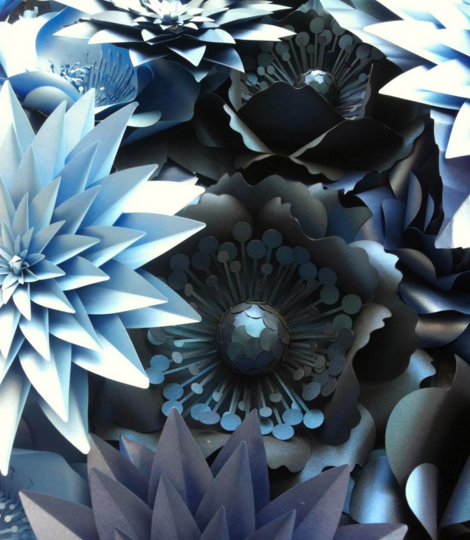
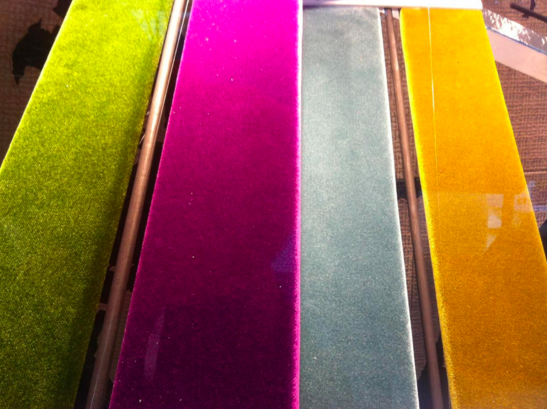
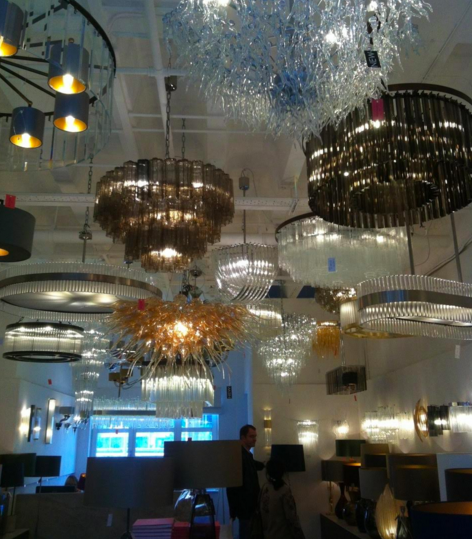


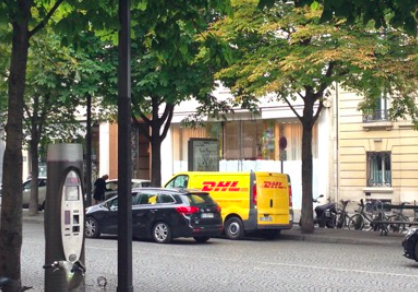
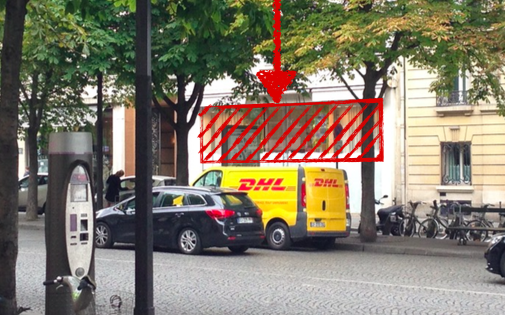
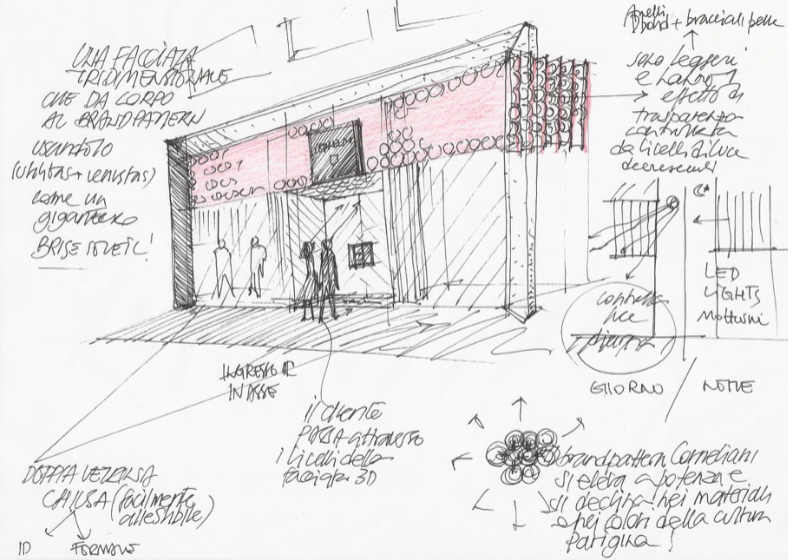
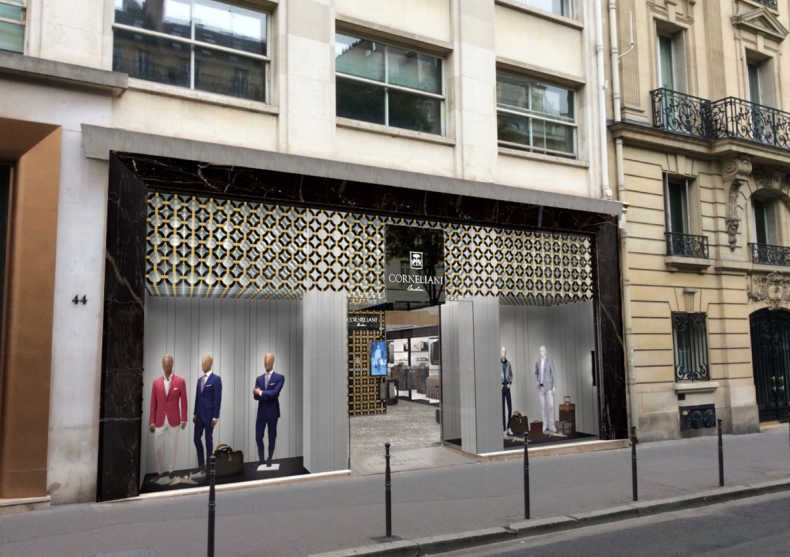
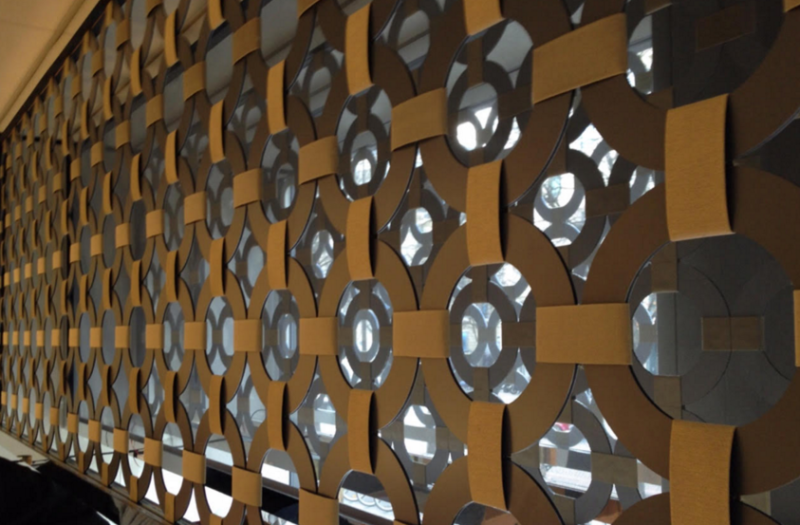
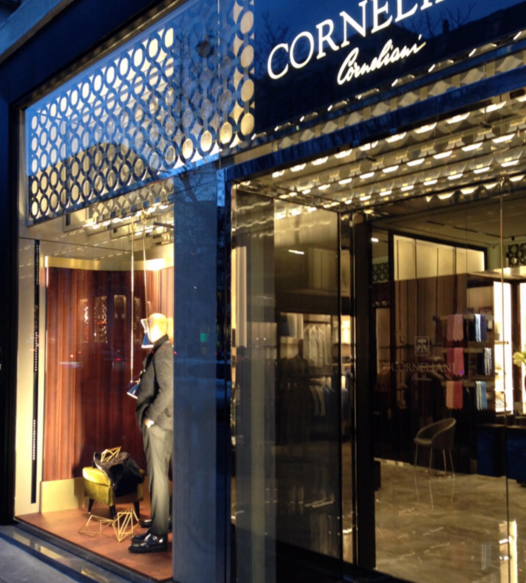

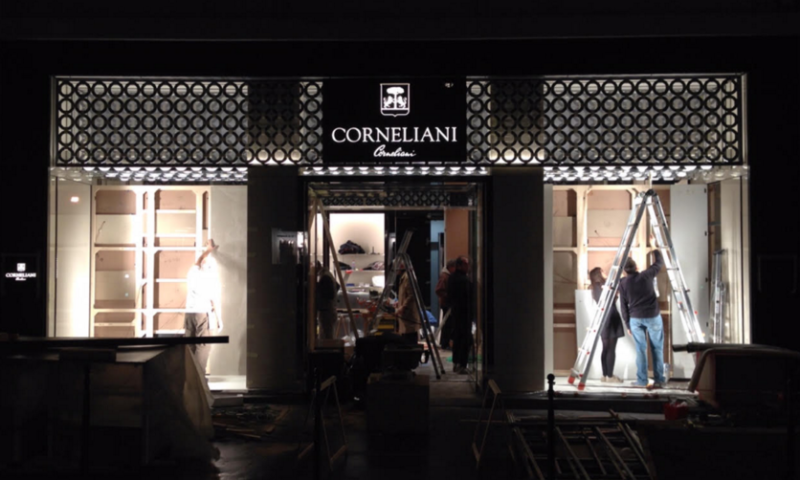
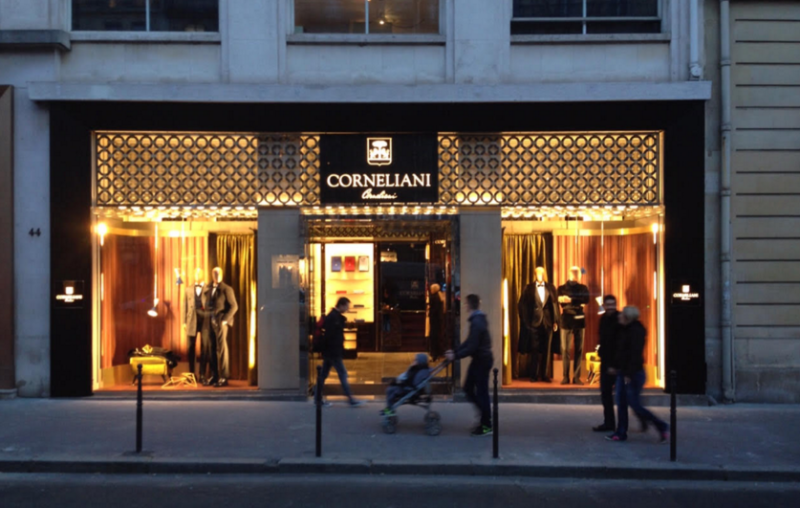
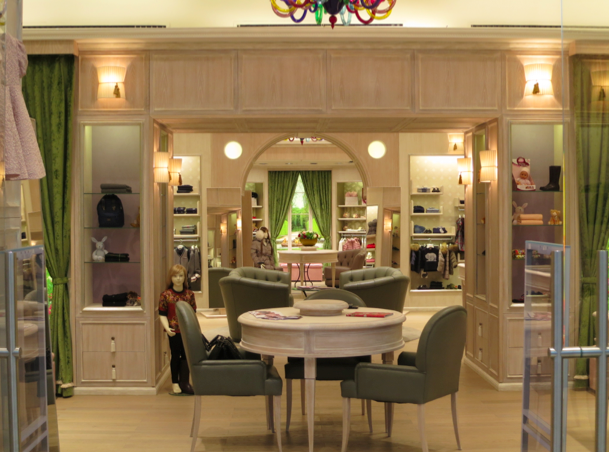
 palace, with three rooms communicating with each other, open to imaginary Italian gardens you can stare at thanks to some stunning photos mounted on light boxes (mounted so accurately that actually customer happen to try to open the fake window).
palace, with three rooms communicating with each other, open to imaginary Italian gardens you can stare at thanks to some stunning photos mounted on light boxes (mounted so accurately that actually customer happen to try to open the fake window).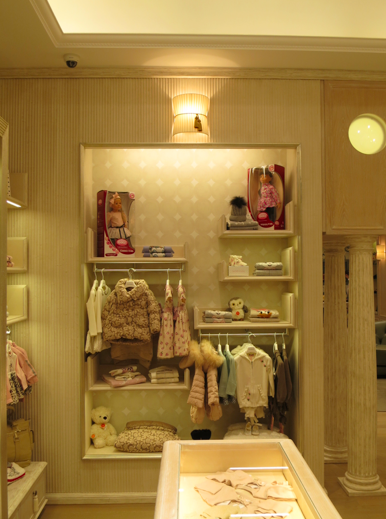
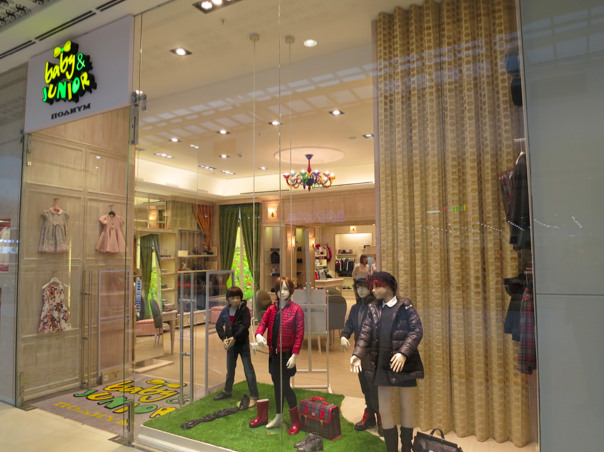
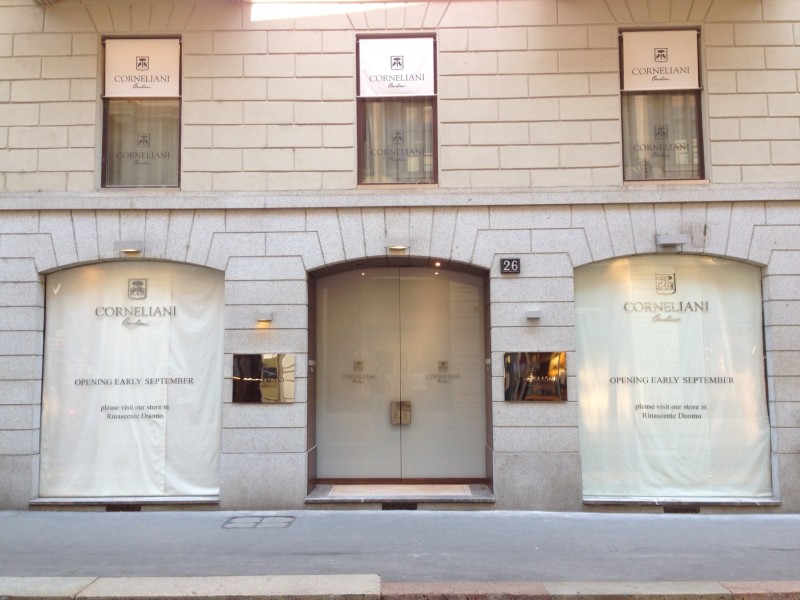 During the last week of July we gradually removed the fittings and demolished the wall to open and enlarge the ground floor space on the right side of the entrance. We did a thorough survey and started the furniture production. In the meanwhile, we organized the works on site from floor to ceilings, from lighting to plants. On August 22nd everything was ready to start the installation of our furnishing.
During the last week of July we gradually removed the fittings and demolished the wall to open and enlarge the ground floor space on the right side of the entrance. We did a thorough survey and started the furniture production. In the meanwhile, we organized the works on site from floor to ceilings, from lighting to plants. On August 22nd everything was ready to start the installation of our furnishing.

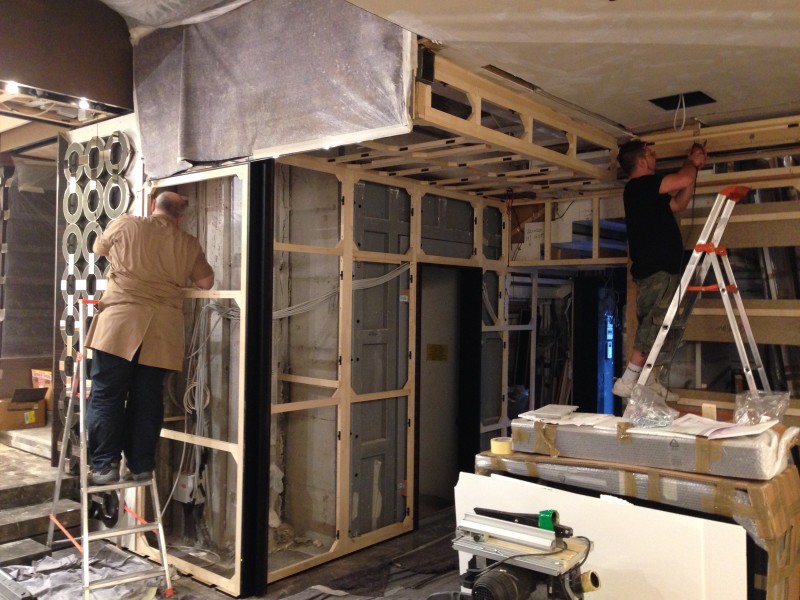
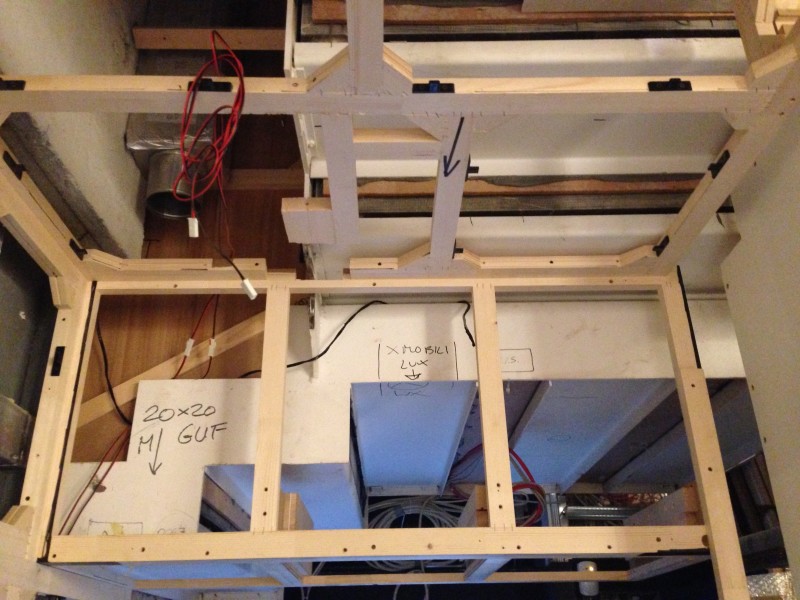 Despite all the problems of the site – including the problematic height of the stairs – we were finally able to fit everything in a perfect way. All the cables behind the wall panelings, the air conditioning diffusers perfectly aligned with the ceilings and the furniture, impressive handmade wooden details on the new brand wall…
Despite all the problems of the site – including the problematic height of the stairs – we were finally able to fit everything in a perfect way. All the cables behind the wall panelings, the air conditioning diffusers perfectly aligned with the ceilings and the furniture, impressive handmade wooden details on the new brand wall… 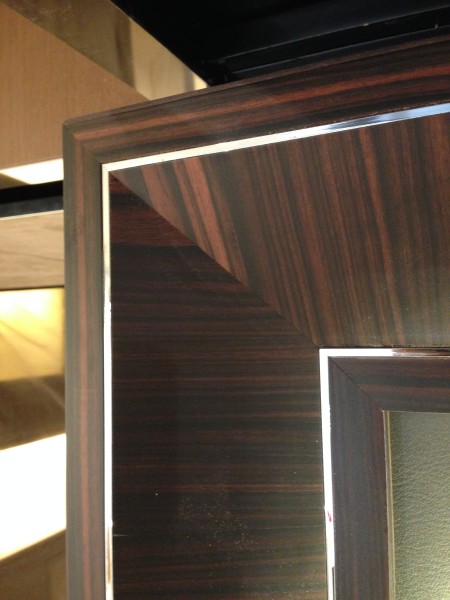
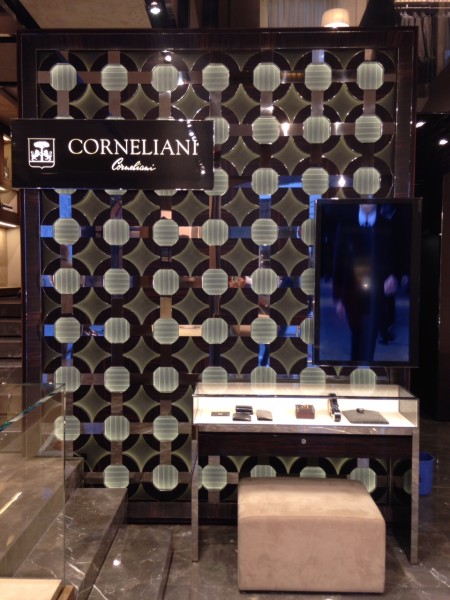 The opening day was scheduled for the first week of September, but we were ready almost a week ahead! The Corneliani Creative Director – Mr.
The opening day was scheduled for the first week of September, but we were ready almost a week ahead! The Corneliani Creative Director – Mr. 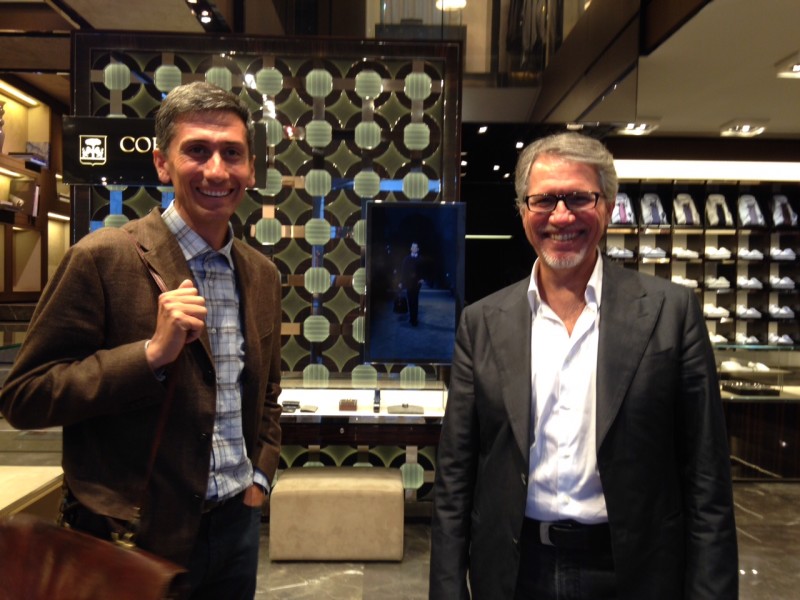
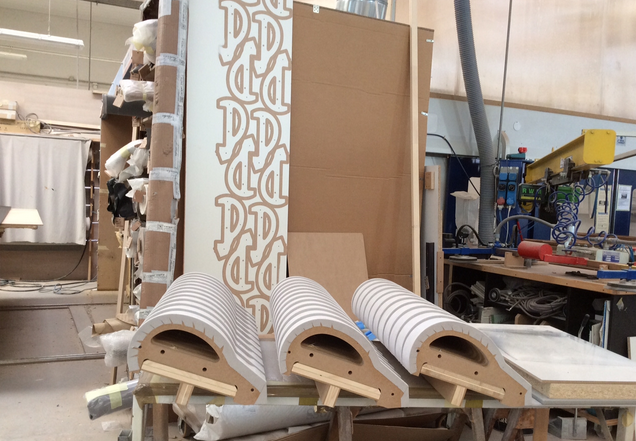
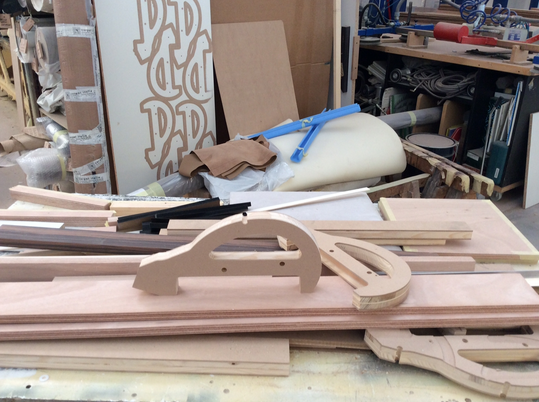
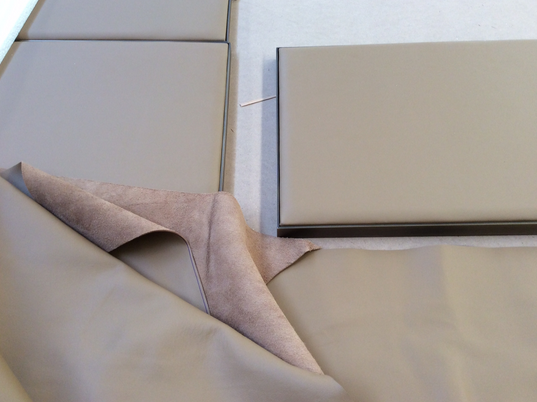
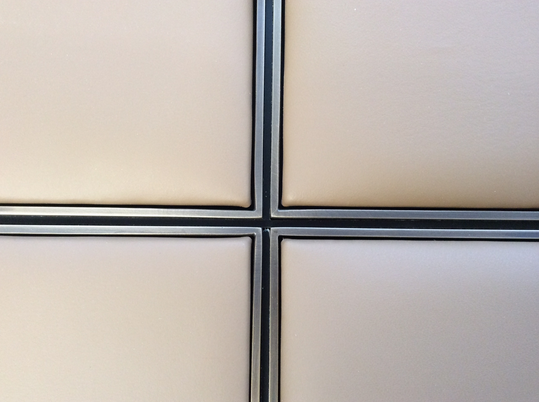

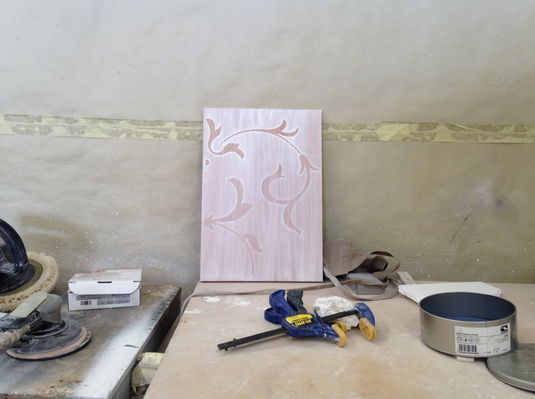
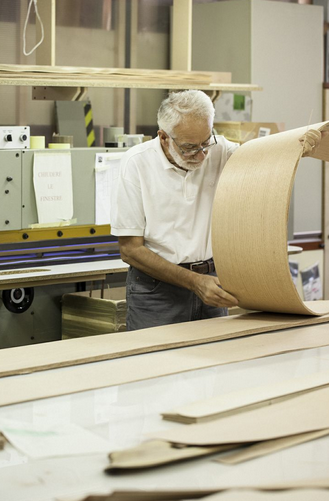
 In 1957 we have been the first ones in Italy to be able to put polyester paint on furniture, getting the idea from a car hood someone showed us.
In 1957 we have been the first ones in Italy to be able to put polyester paint on furniture, getting the idea from a car hood someone showed us.